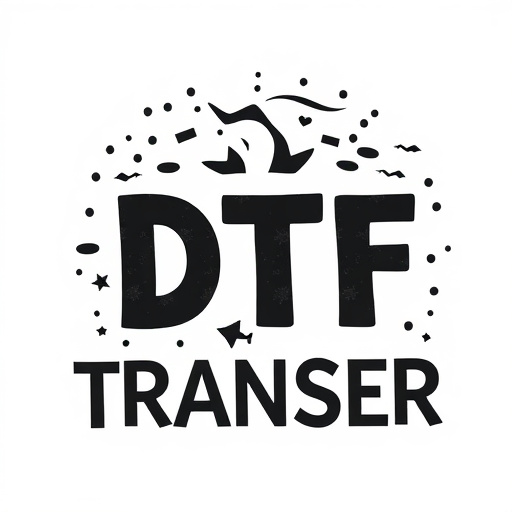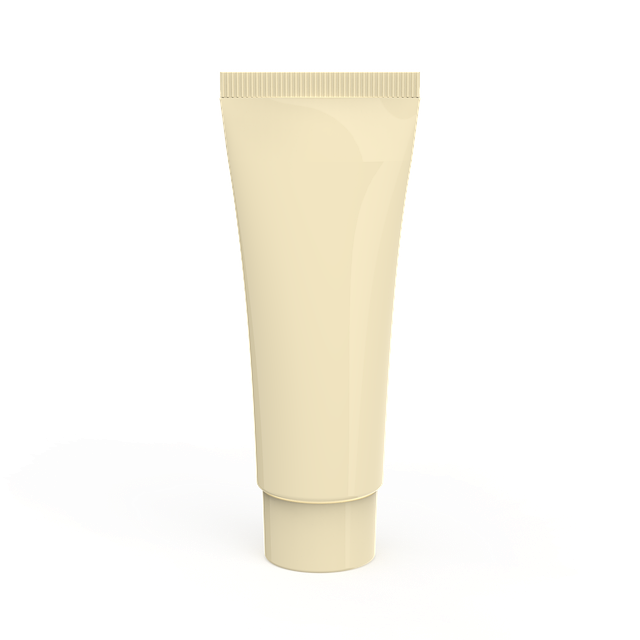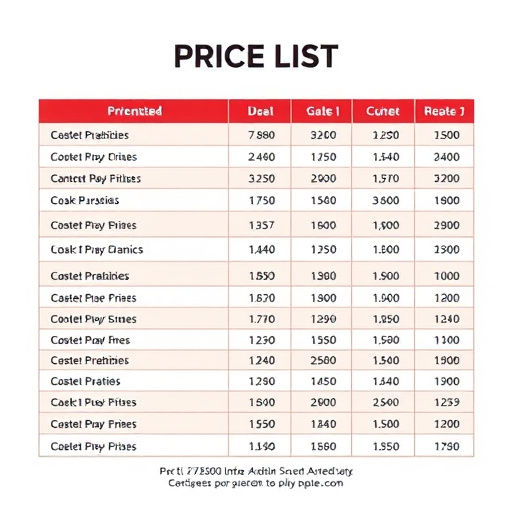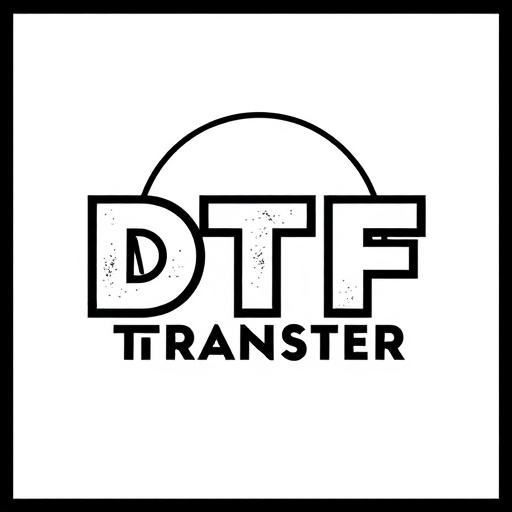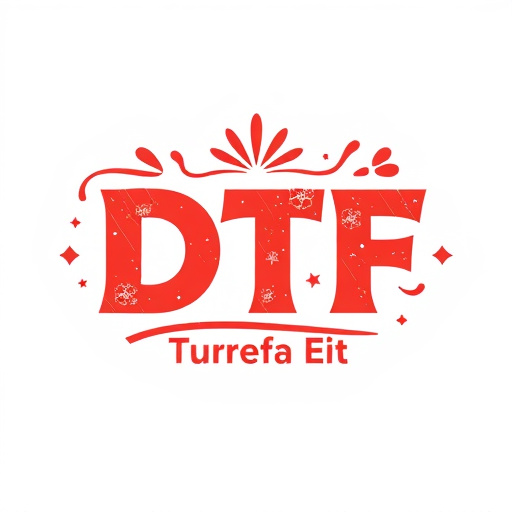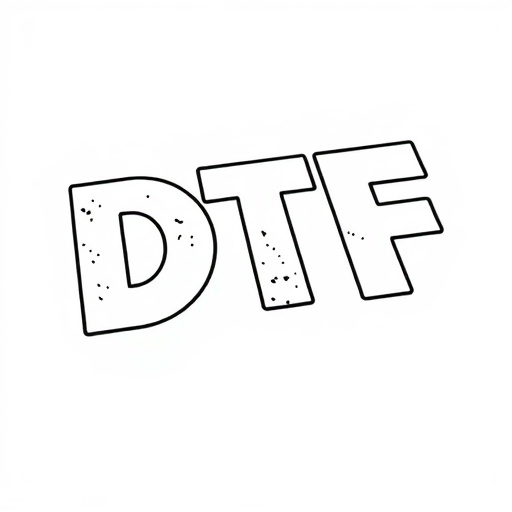Direct-to-Film (DTF) technology is transforming the film industry by bridging analog aesthetics with digital precision, offering high-quality transfers for various applications from collector's items to archival preservation. Precise dimensional considerations are key to achieving optimal image clarity across different screen sizes and platforms. DTF transfers, categorized by resolution, color depth, and aspect ratio, are crucial for preserving cinematic art. From standard definition (SD) to high-definition (HD) and specialized formats like 8K+, these transfers cater to diverse needs in streaming, home entertainment, cinema re-releases, professional post-production, and screen printing. Future innovations in DTF technology promise to revolutionize several sectors with richer colors, faster print speeds, and AI integration, expanding its versatility for large-scale imaging applications.
Direct-to-film (DTF) transfers have revolutionized the way we capture and display visual content, offering a direct digital-to-analogue conversion. This article delves into the intricate world of DTF, focusing on a critical aspect often overlooked: dimensional measurements. We explore how these measurements categorize DTF processes, impact image quality, and guide practical applications. From understanding the fundamentals to deciphering future trends, this comprehensive guide sheds light on the significance of size in shaping the DTF landscape.
- Understanding Direct-to-Film (DTF) Transfers: A Fundamental Overview
- Dimensional Considerations in DTF Transfer Processes
- Categorization of DTF Transfers Based on Size: An In-Depth Analysis
- Impact of Dimensional Measurements on Image Quality and Fidelity
- Practical Applications: Choosing the Right DTF Transfer Method for Different Screens
- Future Trends: Advancements in DTF Technology and Their Implications
Understanding Direct-to-Film (DTF) Transfers: A Fundamental Overview

Direct-to-Film (DTF) transfers are a cutting-edge method revolutionizing the film industry by enabling high-quality digital imaging directly onto physical film stock. This process bypasses traditional digital projection and offers a unique blend of analog aesthetics and digital precision. DTF allows filmmakers to capture intricate details, vibrant colors, and distinctive grain patterns that have long been associated with traditional film photography.
By using specialized equipment and techniques, DTF transfers preserve the original cinematic look while providing an adaptable medium for modern viewing. This technology caters to a diverse range of applications, from creating limited-edition collector’s items to enhancing archival preservation efforts. The dimensional measurements of these transfers are crucial, ensuring optimal image clarity and resolution across various screen sizes, catering to both traditional cinema screens and contemporary digital platforms.
Dimensional Considerations in DTF Transfer Processes

Direct-to-film (DTF) transfer processes involve intricate dimensional considerations that are crucial for achieving high-quality results. The primary dimensions to focus on include resolution, color depth, and aspect ratio, each playing a vital role in the final product’s visual fidelity. High-resolution transfers ensure sharp details and fine textures, while sufficient color depth captures a broad spectrum of colors, enhancing the overall visual appeal.
Aspect ratio is another critical factor, determining the shape and dimensions of the transferred image on the film stock. Maintaining accurate aspect ratios ensures that scenes are not distorted or cropped, preserving the original artist’s intent. These dimensional considerations demand meticulous attention to detail throughout the DTF transfer process, underscoring the importance of using advanced equipment and techniques for optimal outcomes.
Categorization of DTF Transfers Based on Size: An In-Depth Analysis

Direct-to-film (DTF) transfers, categorized by dimensional measurements, play a significant role in understanding and preserving cinematic art. The size of these transfers is a critical factor, impacting both visual quality and practical applications. Typically, DTF transfers are classified into several categories based on their dimensions, allowing for tailored approaches to restoration, duplication, and distribution.
Standard-definition (SD) transfers, ranging from 480i to 720p, offer a balance between file size and visual clarity, suitable for web streaming and basic home entertainment. High-definition (HD) categories, encompassing 1080p and 4K resolution, provide sharper images and more intricate details, ideal for cinema re-releases, high-end home theaters, and professional post-production workflows. Additionally, specialized formats like 8K and even higher resolutions cater to the most demanding applications, ensuring that every frame is as pristine as possible for critical analysis or restoration projects.
Impact of Dimensional Measurements on Image Quality and Fidelity

Direct-to-film (DTF) transfers, a process of converting physical film into digital formats, heavily rely on accurate dimensional measurements to ensure image quality and fidelity. The resolution, or the number of pixels in an image, is directly influenced by these measurements, affecting the level of detail captured. Higher resolutions result in sharper, more intricate images, preserving fine details often lost during traditional film-to-digital conversion methods.
Moreover, dimensional accuracy dictates the color space and aspect ratio representation, both crucial elements for a captivating visual experience. Inaccurate measurements can lead to distorted or cropped images, impacting the overall viewer engagement. Therefore, precise dimensional considerations are paramount in DTF transfers, ensuring the digital rendition mirrors the original film’s aesthetics and captures its essence with minimal loss.
Practical Applications: Choosing the Right DTF Transfer Method for Different Screens
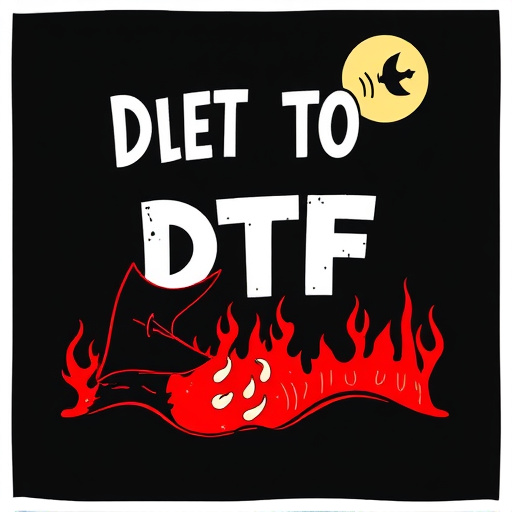
Direct-to-film (DTF) transfers offer a versatile solution for various screen printing needs, catering to both simple and complex designs. When selecting a DTF method, understanding the dimensional requirements of your project is key. For smaller screens with intricate details, precision-based DTF techniques are ideal, ensuring fine line accuracy and detailed replication. These methods are particularly useful for creating detailed graphics on items like watches, jewelry, or small electronic devices, where microscopic levels of detail matter.
For larger displays or products with bolder designs, alternative DTF approaches can be more suitable. These processes focus on speed and efficiency, allowing for quick production runs without sacrificing overall print quality. This flexibility in transfer methods enables businesses to choose the right technique based on project demands, ensuring optimal results whether it’s for small-scale, intricate work or large-format printing applications.
Future Trends: Advancements in DTF Technology and Their Implications
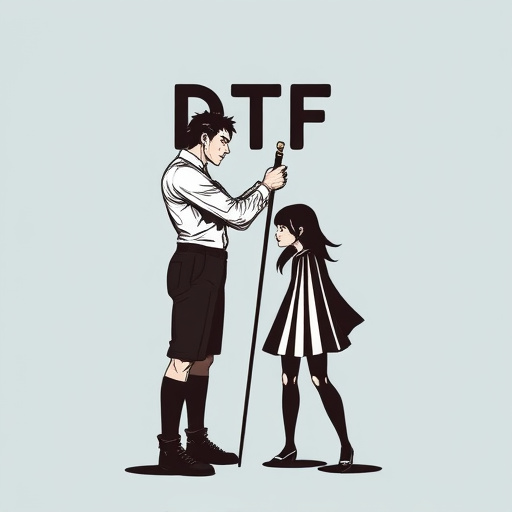
The future of Direct-to-film (DTF) technology looks bright, with continuous advancements pushing the boundaries of what’s possible in digital printing. As demand for high-quality, large-scale imaging grows, DTF is poised to revolutionize several industries. Emerging trends include improvements in ink formulations, enabling richer colors and enhanced durability, ensuring prints remain vibrant over time.
Additionally, innovations in printhead technology are leading to higher resolution and faster printing speeds, allowing for more complex and intricate designs. The integration of AI and machine learning algorithms promises smarter, more efficient DTF processes, optimizing image quality while reducing waste. These developments suggest a future where DTF becomes an even more versatile and accessible option for various applications, from signage and murals to artistic installations and specialized industrial printing.
